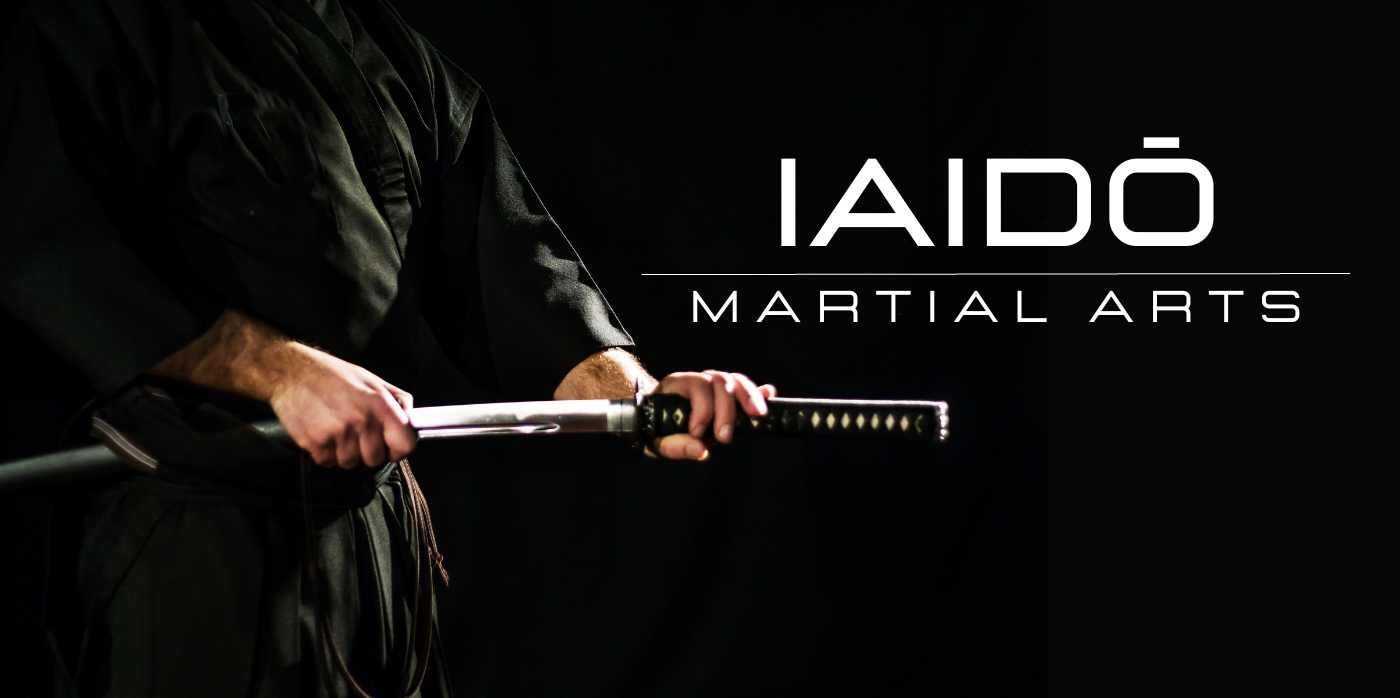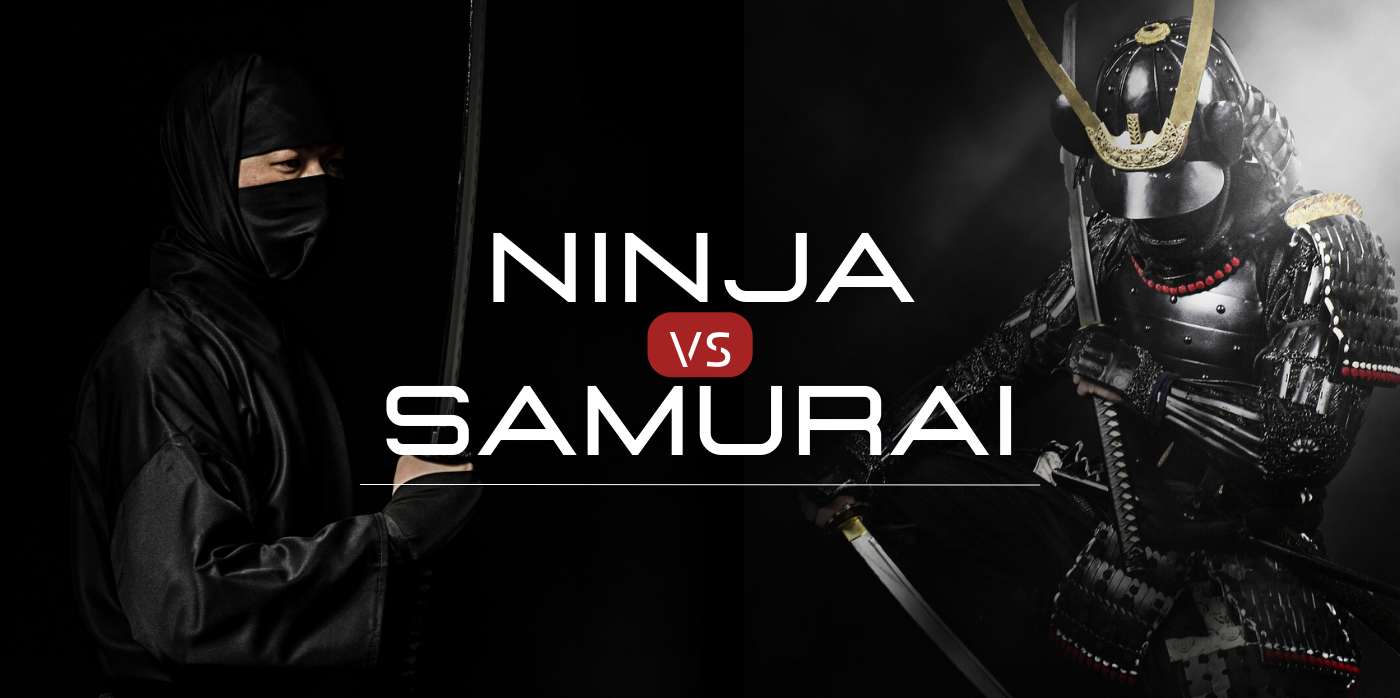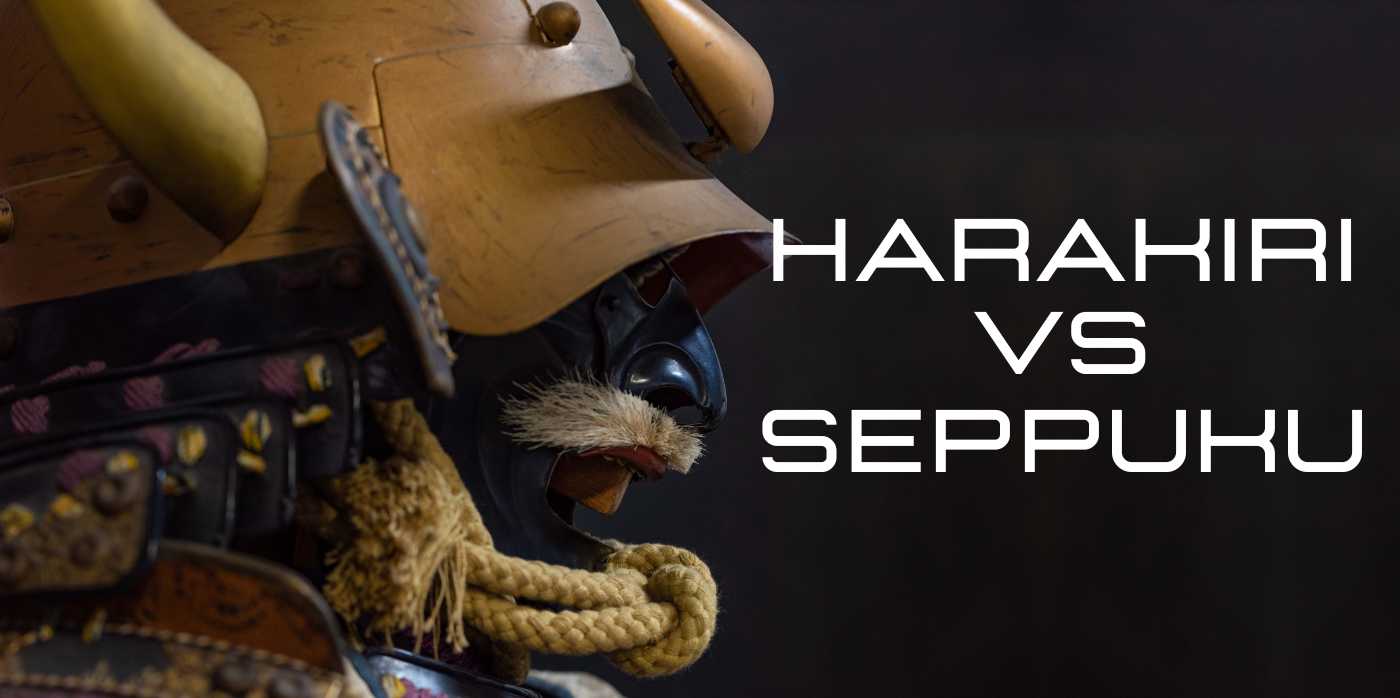Dive into the mesmerizing world of Japanese martial arts, where ancient traditions meet physical discipline, spiritual awakening, and mental concentration. In this extensive journey, we will explore a fascinating art form known as "Iaido". Best known for the effortless and controlled movements of unsheathing, striking, and resheathing the iconic Japanese sword, the katana, Iaido embodies a fusion of self-discipline, presence, and physical finesse.
1. What is Iaido
1.1 Iaido Definition
Iaidō (居合道) is a unique form of martial arts, with roots deep within the samurai class of feudal Japan. The term 'Iaido' itself embodies a profound philosophy, "Iai" translates to "being present", while "do" implies "the way", coming together to mean "the way of mental presence and immediate reaction".
1.2 Philosophical Foundations of Iaido
Iaido is more than a martial art, it's a spiritual journey. With Zen Buddhism at its philosophical core, Iaido's goal is to attain a state of "Mushin" or "no-mind", where the practitioner's mind is void of thoughts, emotions, and expectations, enabling immediate, unobstructed action.
1.3 Iaido Schools and Federations
There are various recognized schools or "ryu" of Iaido, each with its unique style and kata. Prominent ones include the Muso Shinden Ryu, Muso Jikiden Eishin Ryu, and the Tamiya Ryu. On the global stage, the All Japan Kendo Federation (AJKF) and the International Kendo Federation (IKF) are responsible for promoting and standardizing the art form.
To sum-up:
- Iaido is a Japanese martial art that trains mental presence and immediate reaction.
- Rooted in Zen Buddhism, it aims to achieve a state of 'Mushin,' or 'no-mind.'
- Iaido comprises various schools or 'ryu,' each with its unique style and techniques.
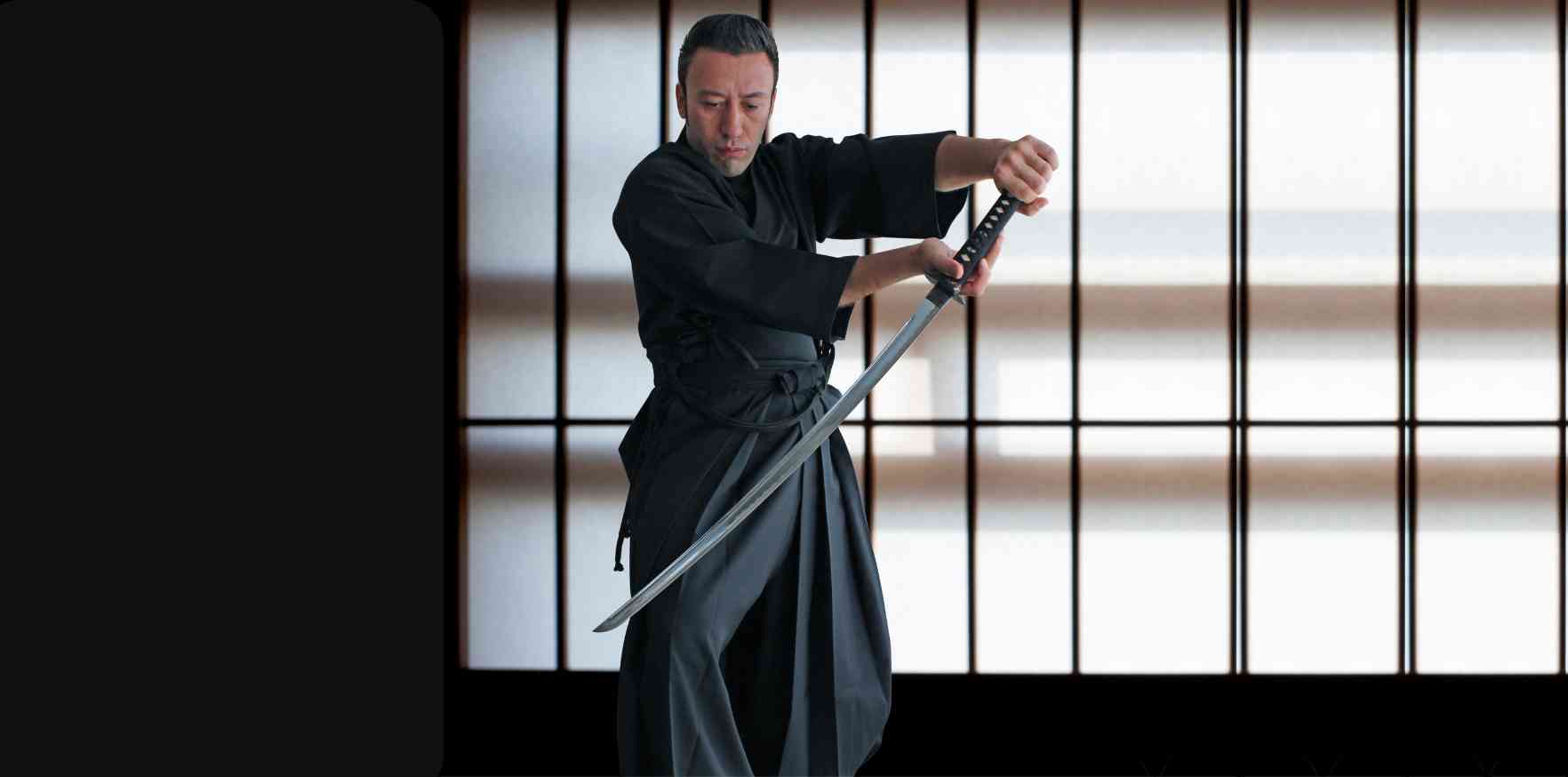
2. The History of Iaido
Iaido's origins can be traced back to the 15th century during the volatile Sengoku period in Japan. The martial art was developed to enable samurai to swiftly react and counter unexpected attacks. The 20th century brought about a shift in Iaido's practice, turning away from its combative roots and focusing on the spiritual and philosophical aspects of the art, a trend that continues in the modern practice of Iaido.
To sum-up:
- Iaido originated in the 15th century as a countermeasure to unexpected attacks.
- The 20th century saw a shift in its practice, with an emphasis on spiritual and philosophical development.
3. The Gear of an Iaidoka
3.1 Keikogi
The Keikogi, or Gi, is the upper garment worn by Iaido practitioners. Traditionally white, it symbolizes purity and cleanliness, reinforcing the philosophical underpinnings of the art.
3.2 Hakama
The Hakama, resembling a pleated, skirt-like trouser, represents the lower garment. Apart from providing freedom of movement, the Hakama also signifies respect and humility, reflected in its complex folding process.
3.3 Japanese Sword
The Japanese sword, or the Katana, is the soul of Iaido practice. Depending on the skill level, an Iaidoka might use a Bokken (wooden sword), an Iaito (unsharpened metal sword), or a Shinken (real sword).
To sum-up:
- The Keikogi and Hakama form the traditional Iaido uniform.
- Depending on the practitioner's skill level, a Bokken, Iaito, or Shinken may be used in practice.
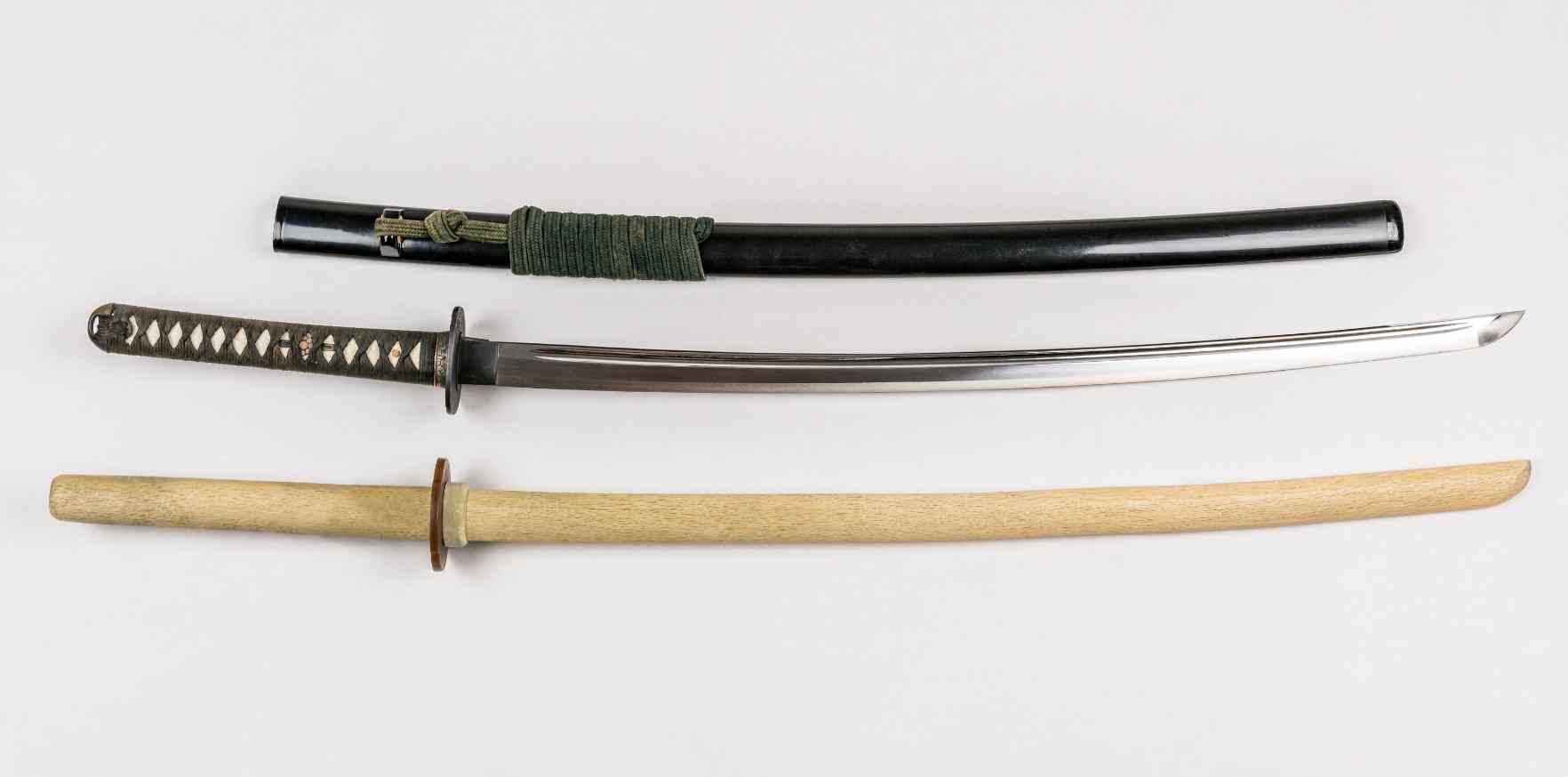
4. Ascending the Ranks in Iaido
In Iaido, the ranking system adheres to the "kyu-dan" hierarchy, typical of Japanese martial arts. Students begin from the Kyu ranks and progress to the Dan ranks. After achieving certain Dan levels, additional titles such as "Renshi", "Kyoshi", and "Hanshi" may be bestowed upon the practitioner, recognizing their profound skill and understanding.
To sum-up:
- Iaido employs the 'kyu-dan' ranking system, progressing from Kyu to Dan ranks.
- Practitioners can achieve additional titles such as "Renshi", "Kyoshi", and "Hanshi" at higher levels.
5. Iaido vs. Kendo vs. Kenjutsu
While Iaido, Kendo, and Kenjutsu are all Japanese martial arts emphasizing swordsmanship, they each have distinct characteristics. Iaido focuses on the art of drawing and making the first strike, Kendo is a sportier martial art emphasizing bamboo sword duels, and Kenjutsu is a traditional martial art covering a broader range of sword techniques used by the samurai in battle.
To sum-up:
- Iaido focuses on drawing the sword and delivering the first strike.
- Kendo is more sporty, emphasizing bamboo sword duels, while Kenjutsu covers a broader range of samurai sword techniques.
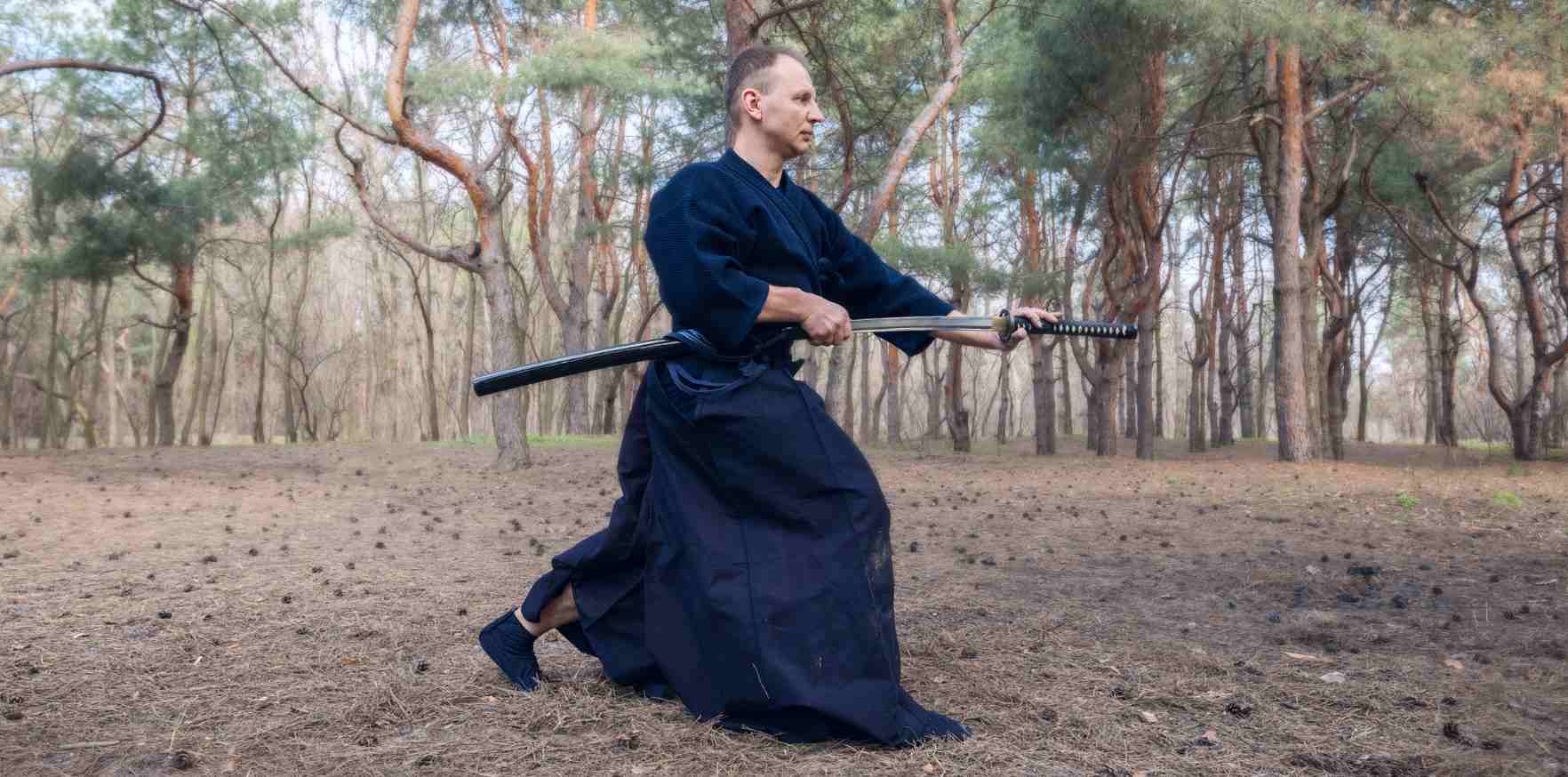
6. Unfolding the Basic Techniques in Iaido
Iaido training focuses on "kata", or form. These preset sequences simulate combat situations and consist of four main stages: "Nukitsuke" (the initial draw and cut), "Kiritsuke" (the finishing cut), "Chiburi" (the symbolic shaking off of blood from the sword), and "Noto" (resheathing the sword).
To sum-up
- Iaido training focuses on "kata", preset sequences simulating combat situations.
- Kata encompasses four main stages: "Nukitsuke", "Kiritsuke", "Chiburi", and "Noto".
Conclusion
Engaging in Iaido goes beyond mastering the artful manipulation of the katana, it is an immersion into a centuries-old tradition that instills physical discipline, spiritual enlightenment, and mental presence. From the art's profound philosophy to its equipment, techniques, and unique attributes, Iaido offers a captivating blend of history, martial arts, and personal development.



